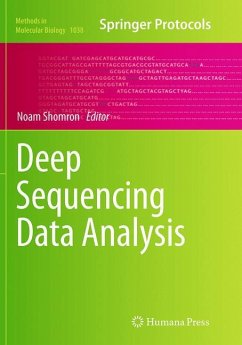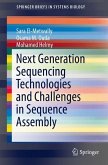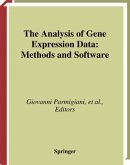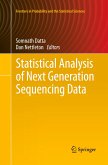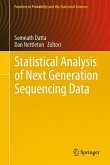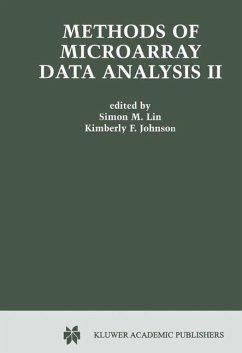The new genetic revolution is fuelled by Deep Sequencing (or Next Generation Sequencing) apparatuses which, in essence, read billions of nucleotides per reaction. Effectively, when carefully planned, any experimental question which can be translated into reading nucleic acids can be applied.In Deep Sequencing Data Analysis, expert researchers in the field detail methods which are now commonly used to study the multi-facet deep sequencing data field. These included techniques for compressing of data generated, Chromatin Immunoprecipitation (ChIP-seq), and various approaches for the identification of sequence variants. Written in the highly successful Methods in Molecular Biology series format, chapters include introductions to their respective topics, lists of necessary materials and reagents, step-by-step, readily reproducible protocols, and key tips on troubleshooting and avoiding known pitfalls.
Authoritative and practical, Deep Sequencing Data Analysis seeks to aid scientists in the further understanding of key data analysis procedures for deep sequencing data interpretation.
Authoritative and practical, Deep Sequencing Data Analysis seeks to aid scientists in the further understanding of key data analysis procedures for deep sequencing data interpretation.

